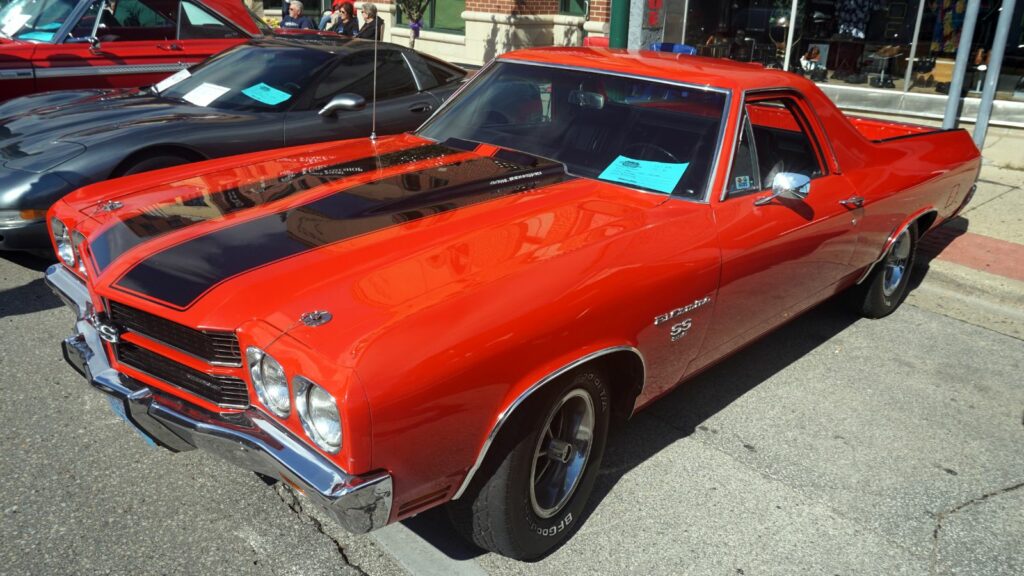The golden age of muscle cars built its reputation on raw horsepower, smoky burnouts, and quarter mile bragging rights. Yet not every car that strutted into showrooms lived up to the hype. Some promised to dominate the streets but left buyers shaking their heads when reality failed to match the brochures. These cars looked mean and sounded bold, but once behind the wheel the truth was far less impressive.
Ford Mustang II Cobra II (1976–1978)
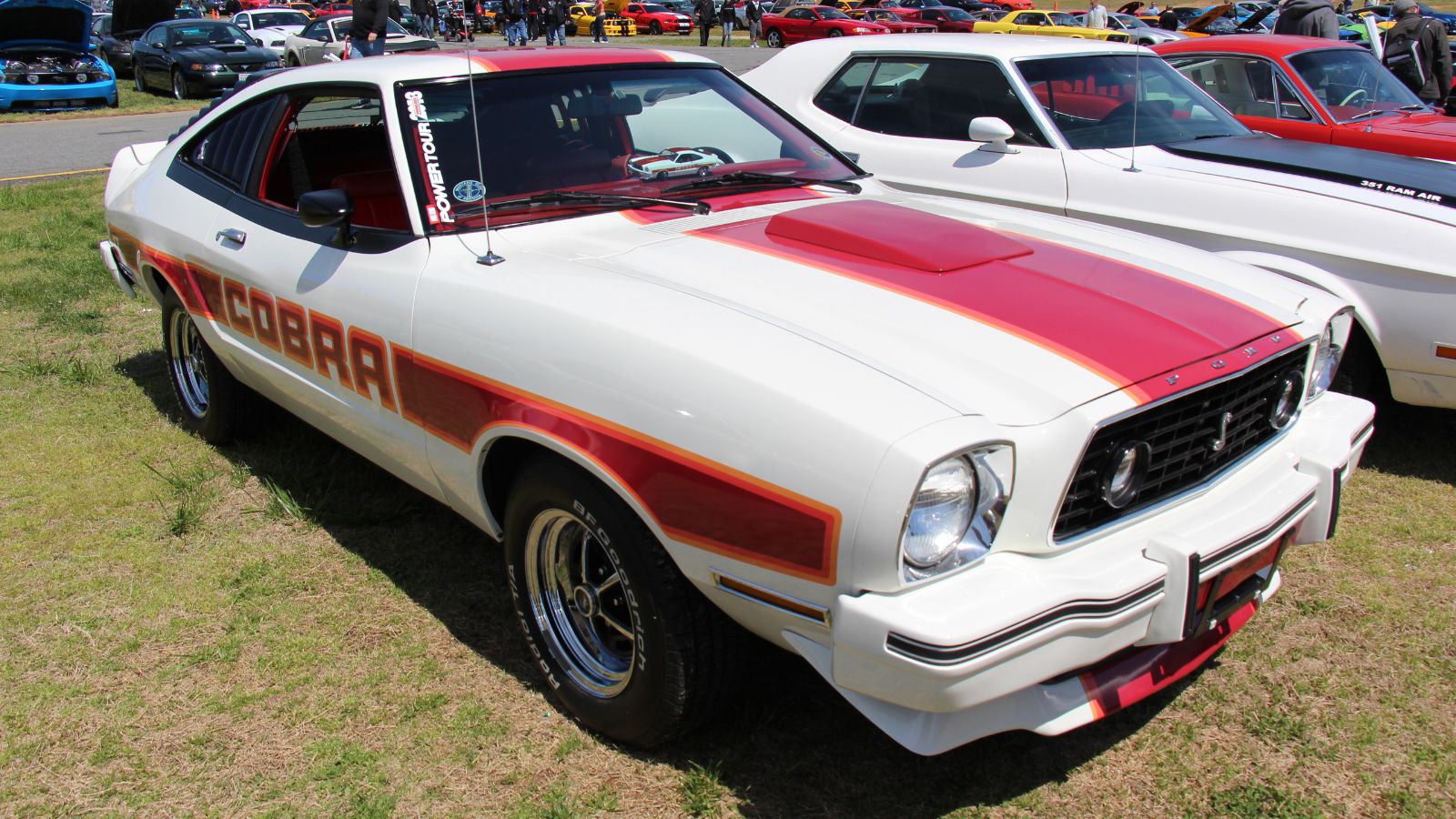
With a name like Cobra II, you would expect venomous performance. Instead, the Mustang II carried a wheezy V8 that barely managed 140 horsepower. The car was weighed down with emissions gear and safety equipment that killed performance. The stripes, spoilers, and Cobra badges made it look the part, but under the skin it was more commuter than street king. Buyers who grew up with the original Mustang were stunned at how soft the Cobra II felt in comparison.
Chevrolet Camaro Berlinetta (1979–1986)

The Berlinetta was meant to be a luxury Camaro, but Chevy missed the mark. Instead of balancing comfort with speed, they stripped away most of the performance while tossing in gold trim and plush seating. The engines were weak compared to the Z28, and the suspension tuning left it handling more like a boat than a pony car. Buyers who thought they were getting a stylish alternative to the Trans Am discovered they had paid more for less fun.
Pontiac GTO (1974)
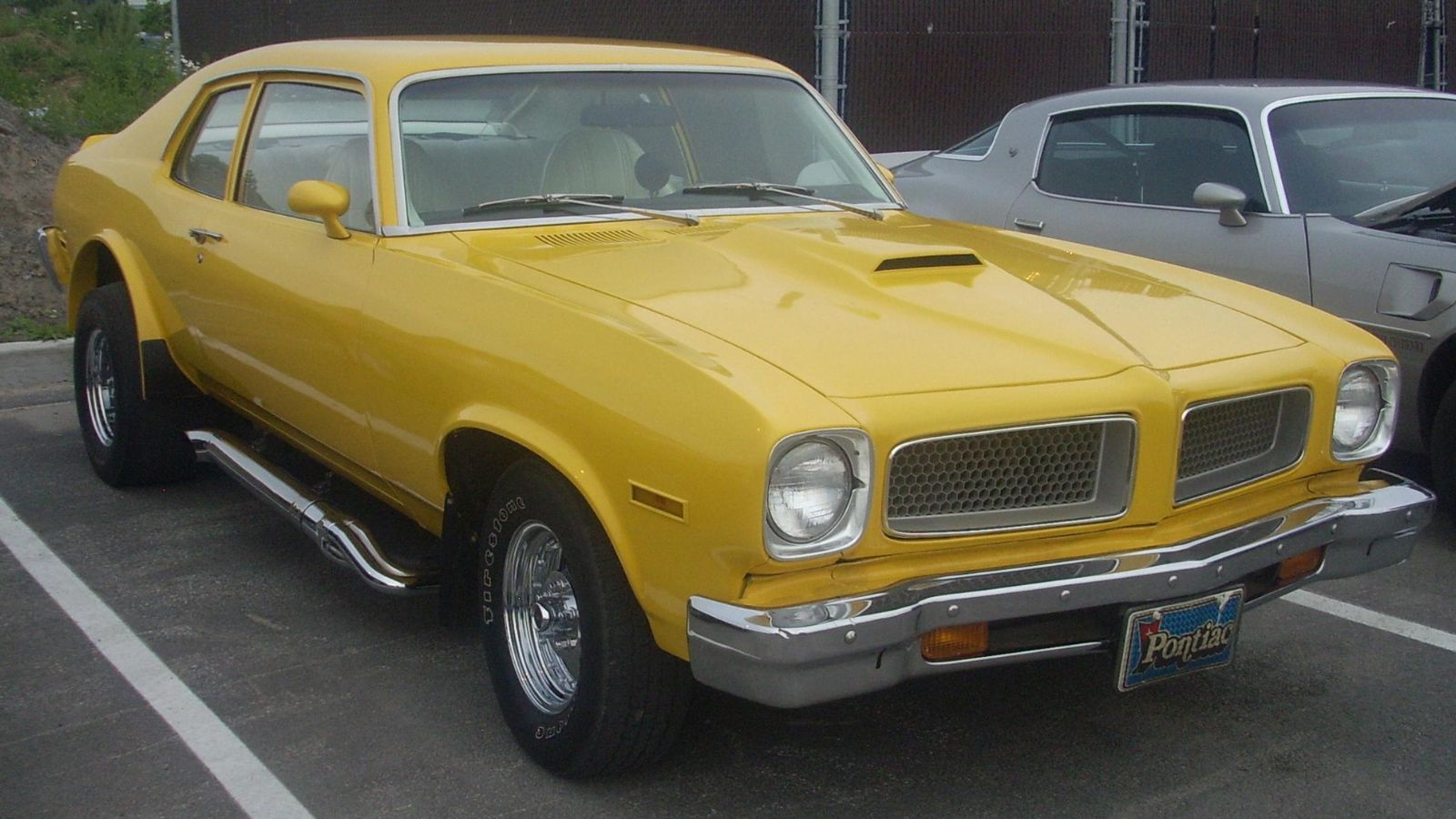
By 1974, the legendary GTO name had been watered down. Once the car that sparked the muscle movement, it became little more than a rebadged LeMans. Its 350 V8 barely cracked 200 horsepower in stock trim, and optional larger engines were choked by emissions restrictions. Worse yet, the car’s styling was bloated, and weight ballooned compared to earlier models. Enthusiasts who remembered the fire breathing GTO Judge of 1969 were left shaking their heads.
Dodge Charger SE (1975–1978)
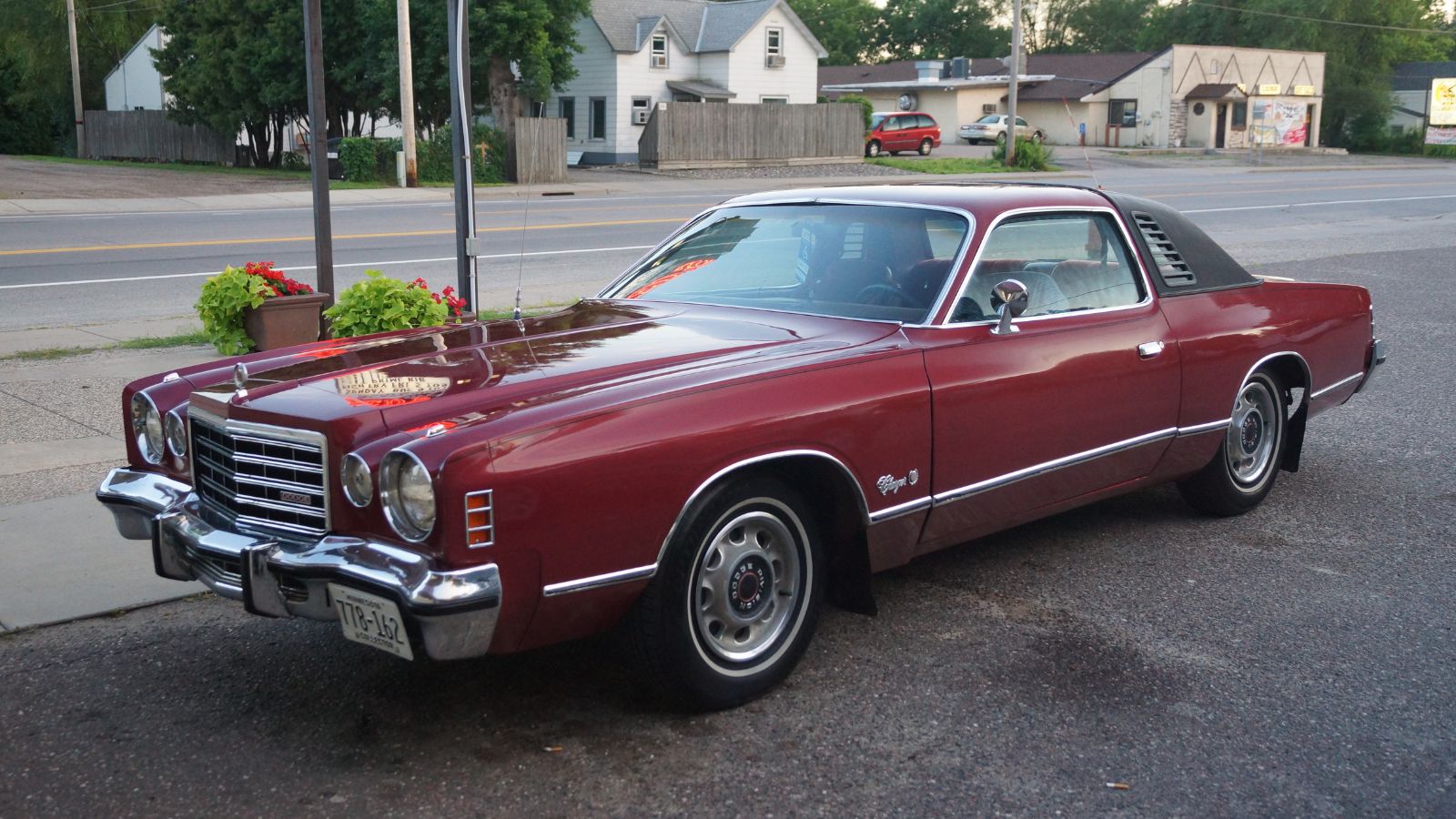
The late 60s Charger was pure muscle car art, but by the mid 70s the SE had become a personal luxury coupe. Its once clean lines were covered in vinyl roofs and opera windows. While V8s were still on the order sheet, power levels were sad compared to the past. A 400 cubic inch motor might sound intimidating, but with emissions tuning it delivered less bite than a small block from the previous decade. It was heavy, sluggish, and more about velvet interiors than quarter mile glory.
Plymouth Road Runner (1975–1979)
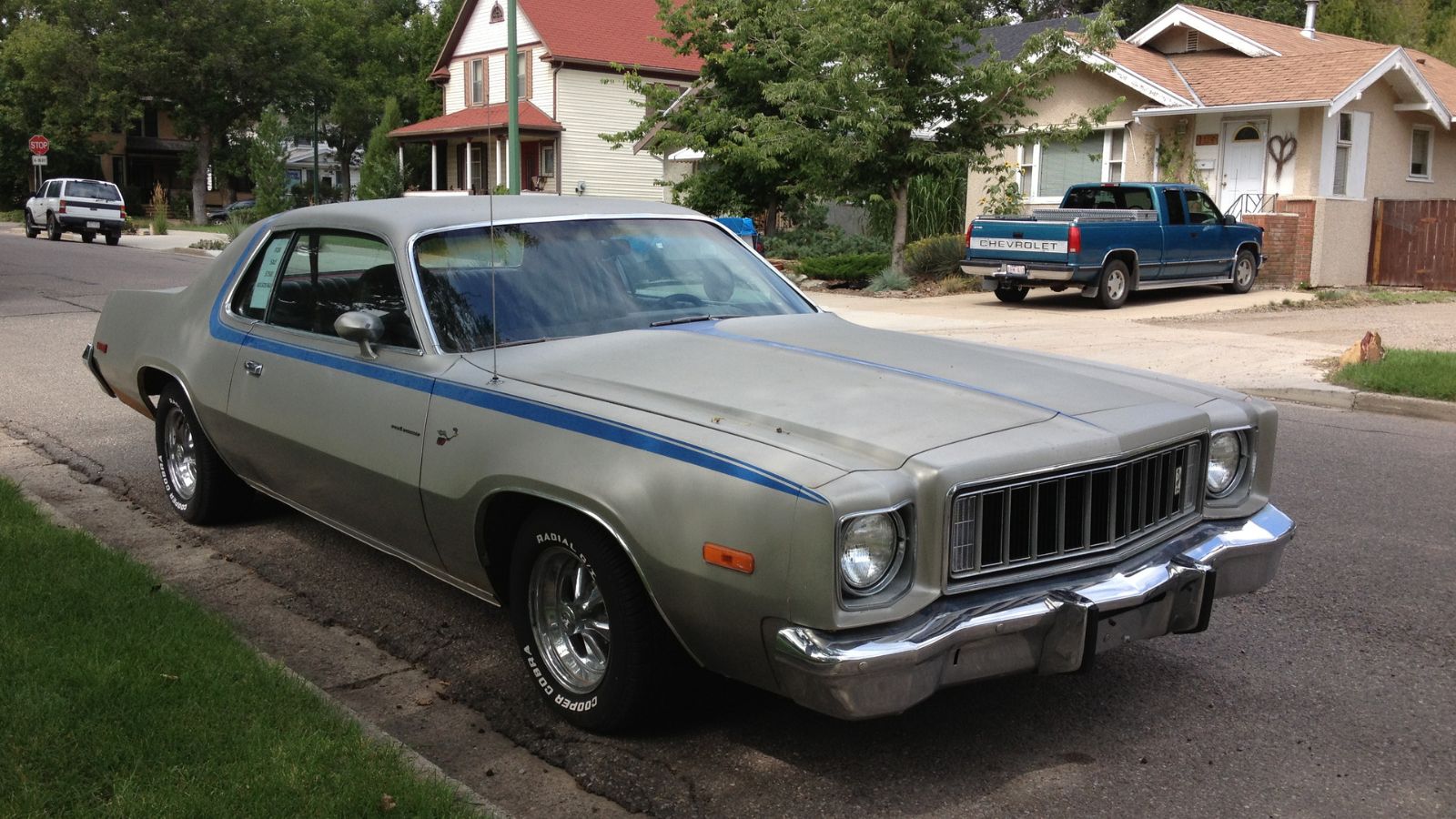
The original Road Runner delivered budget thrills and straight line performance. But by the late 70s, the once mighty bird was weighed down by the emissions era. Instead of powerful Hemi or 440 engines, buyers often got small 318 or low output 400s that could not back up the famous cartoon decals. Performance numbers were so poor that even economy cars could nip at its heels. The Road Runner went from predator to prey.
Pontiac Firebird Esprit (1970s)
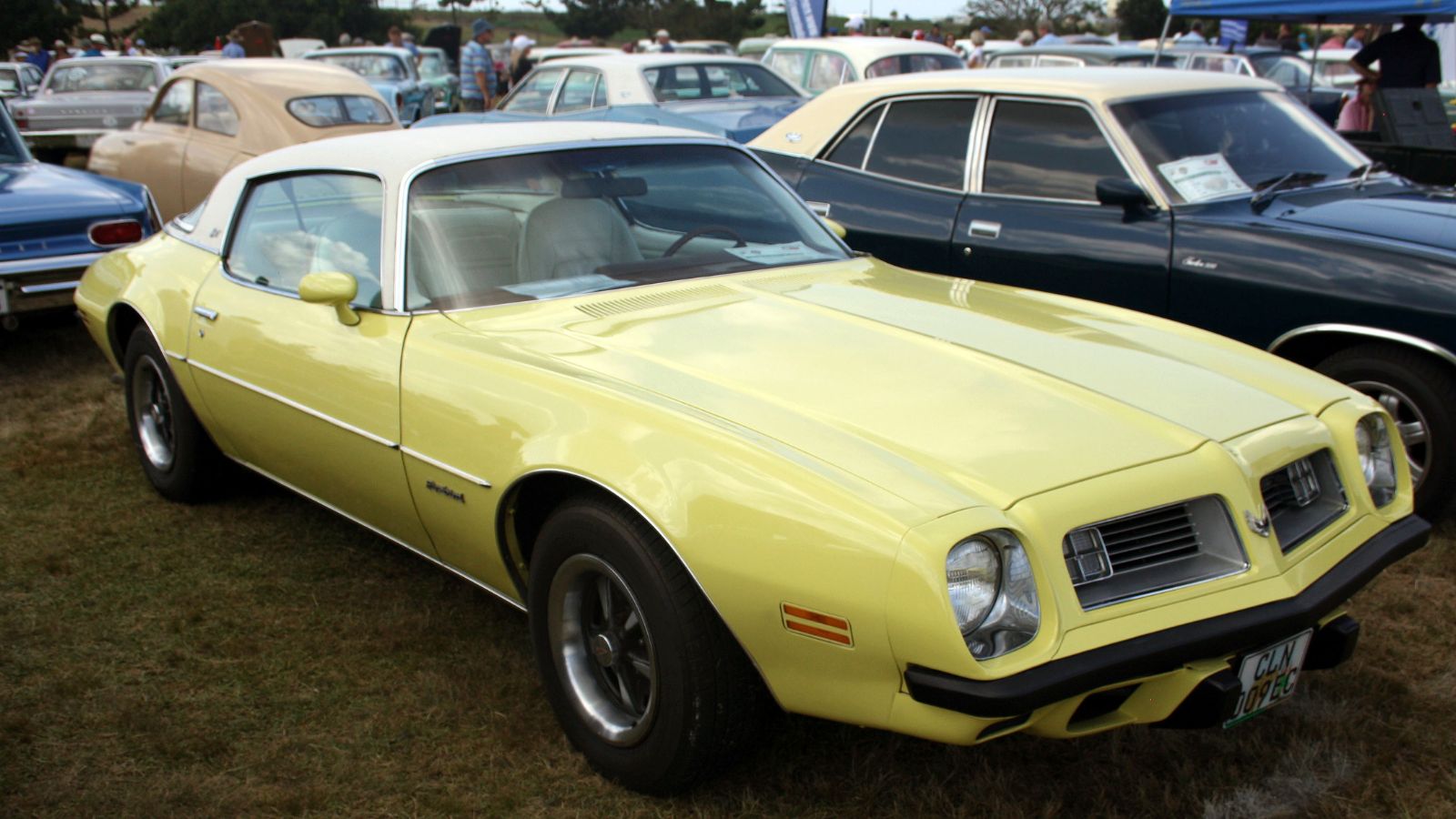
The Firebird line had its fire breathing Trans Am, but the Esprit was a neutered version. Its engines were detuned and emissions strangled, leaving little performance to back up its sporty looks. Suspension was tuned more for comfort than handling, so drivers found themselves wallowing in corners. Buyers who thought they were getting an affordable slice of the Firebird’s performance discovered they had purchased a dull bird that barely flew.
Chevrolet El Camino SS (1970s–1980s)
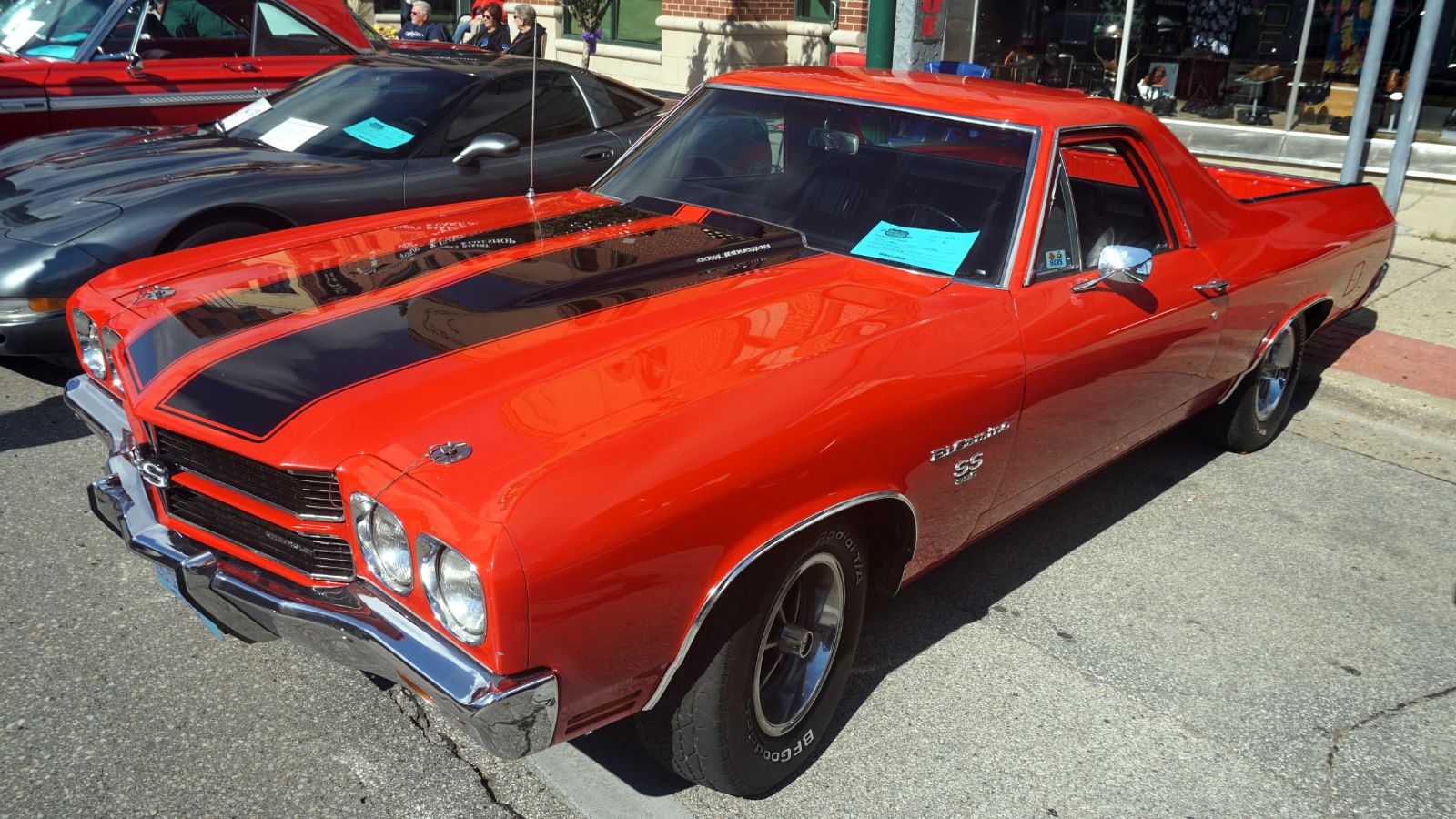
The El Camino has always been a love it or hate it design, and during the 70s and 80s the SS version was all bark and no bite. While earlier SS models had potent big blocks, these later versions relied on weak V8s or even six cylinders. The SS stripes and badges suggested muscle, but buyers discovered their grocery hauler had less punch than expected. It was utility without the thrill.
Ford Torino (1974–1976)
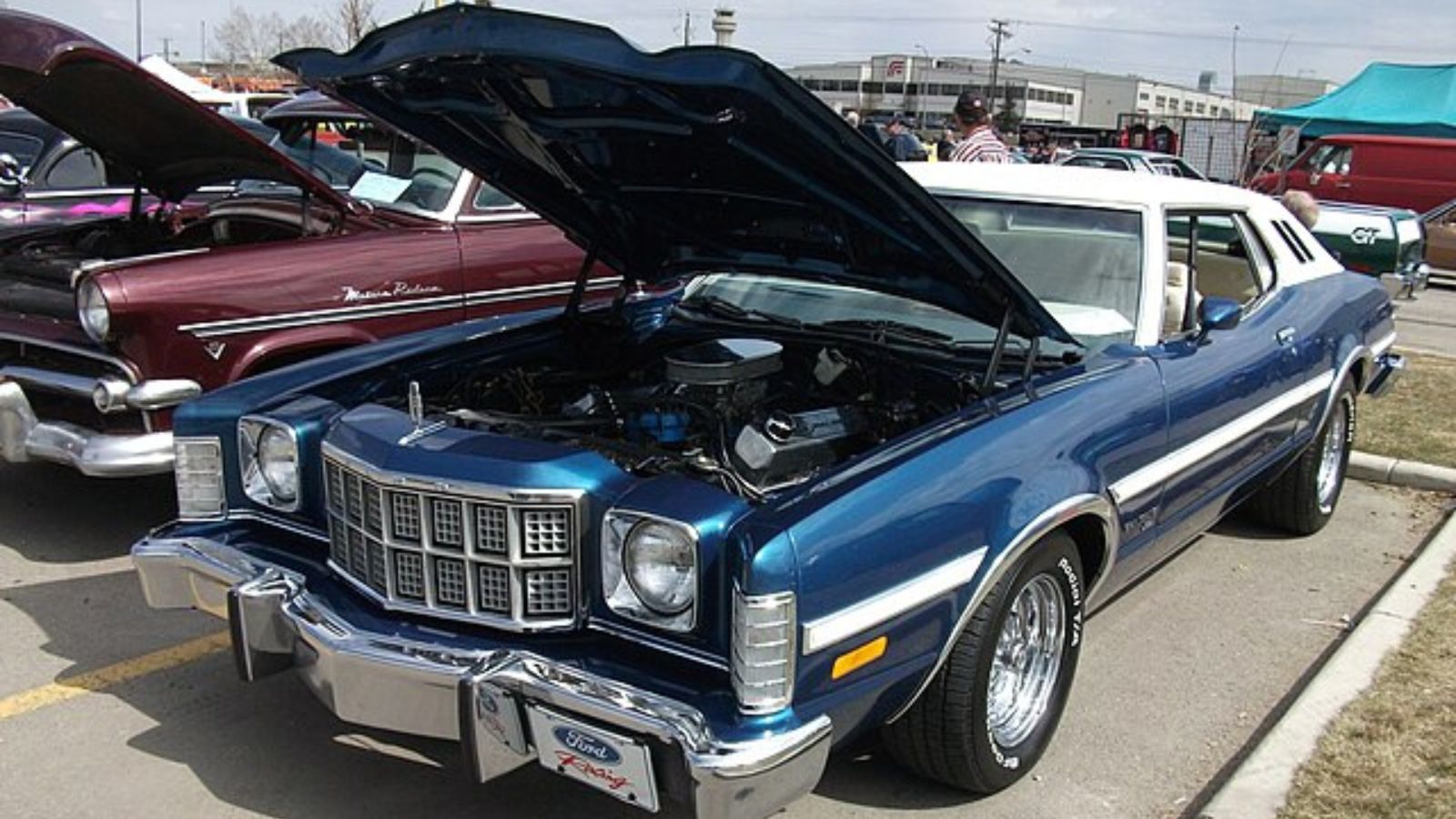
The Torino started life as a capable muscle platform, but by the mid 70s it had become an overweight cruiser. Emissions regulations cut engine output dramatically, leaving buyers with cars that looked intimidating but had no speed to back it up. Quarter mile times stretched embarrassingly, and handling was poor thanks to the heavy body. What once was a contender had become a couch on wheels.
Buick Skylark (1970s)
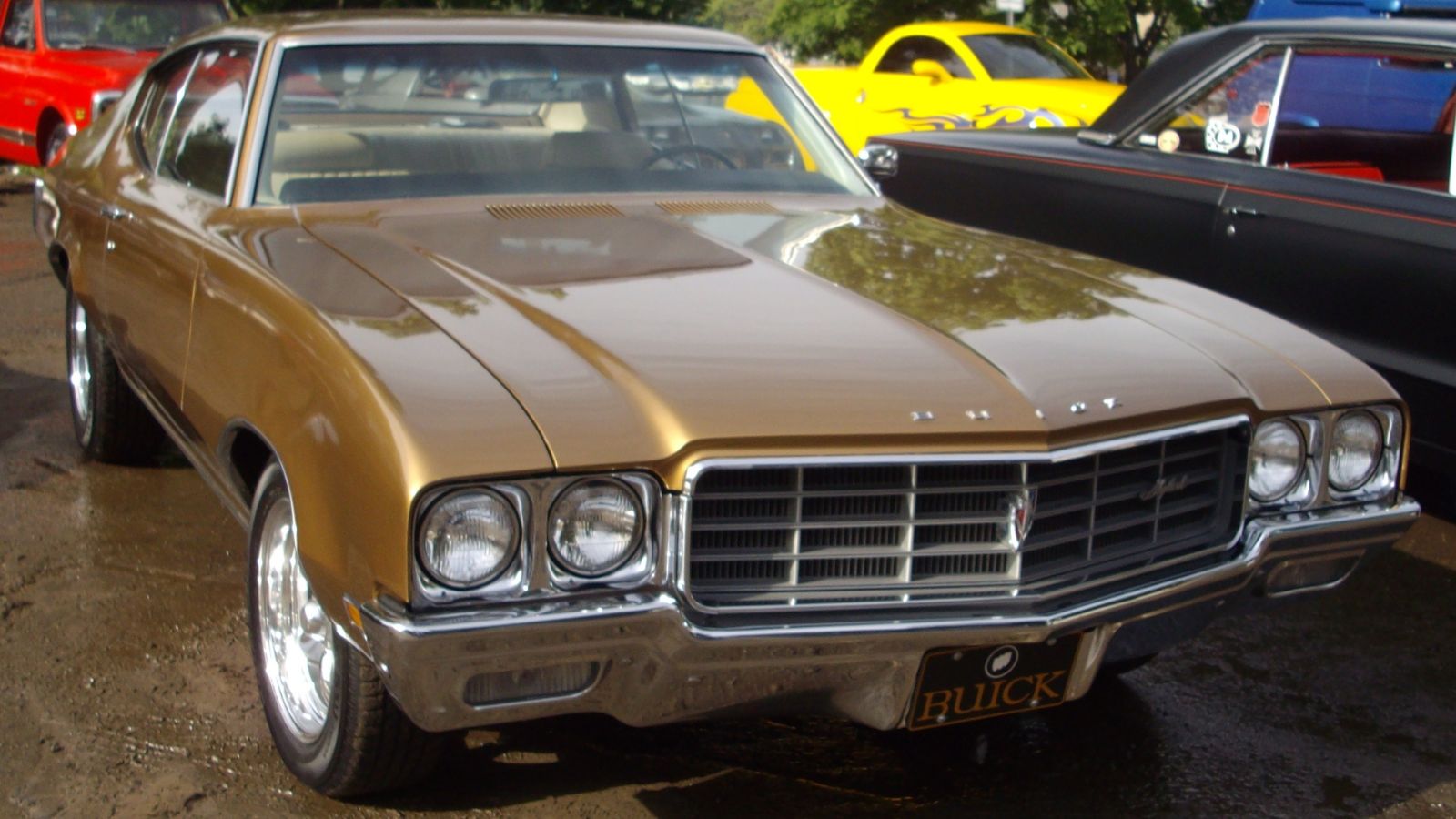
The Skylark carried serious performance potential in earlier GS trim, but by the late 70s it had become an underpowered compact. V6 and weak V8 engines combined with lazy automatic transmissions left the Skylark struggling. Buyers who remembered the GS455 discovered the new Skylark was a shadow of its former self, and it did not deserve to be parked in the muscle section of any dealership.
Oldsmobile 442 (1973–1977)
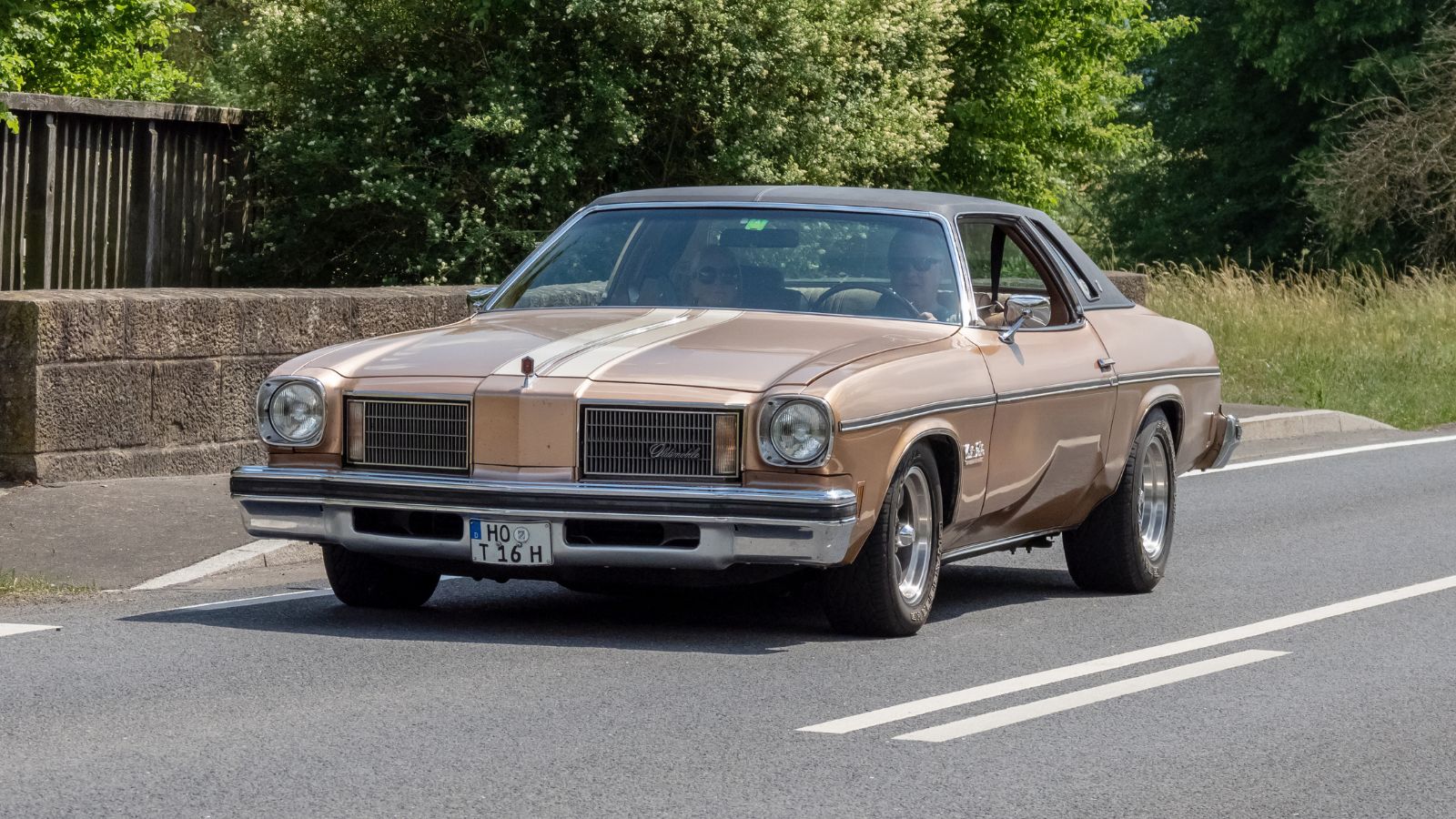
The Oldsmobile 442 was once a legend, but by the mid 70s the badge was living on past glory. While the name carried weight, the engines did not. A typical 442 from this era put out under 200 horsepower, and the heavy frame meant acceleration was embarrassing. Owners who grew up idolizing the Hurst Olds of earlier years were bitterly disappointed by the weak punch of this generation.
Chrysler Cordoba (1975–1979)
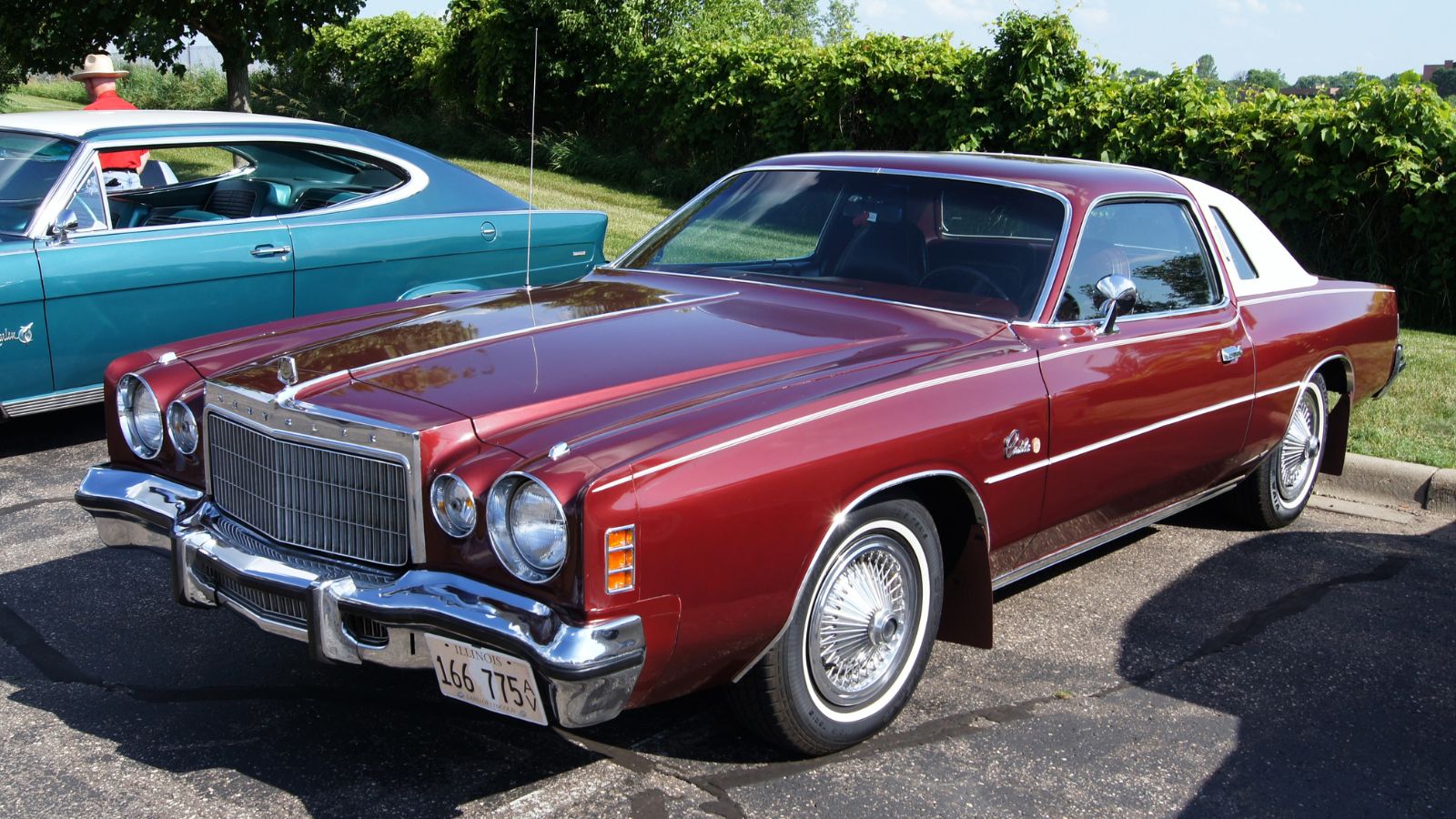
Marketed with Ricardo Montalban and his “rich Corinthian leather,” the Cordoba was positioned as sporty luxury. But anyone expecting muscle quickly learned the truth. Yes, you could get a V8, but it was strangled by emissions equipment, and performance was soft. The Cordoba sold well thanks to marketing, but enthusiasts knew it was no real muscle car. The focus on luxury instead of performance turned it into a poser in the muscle world.
Pontiac Grand Prix (1975–1977)
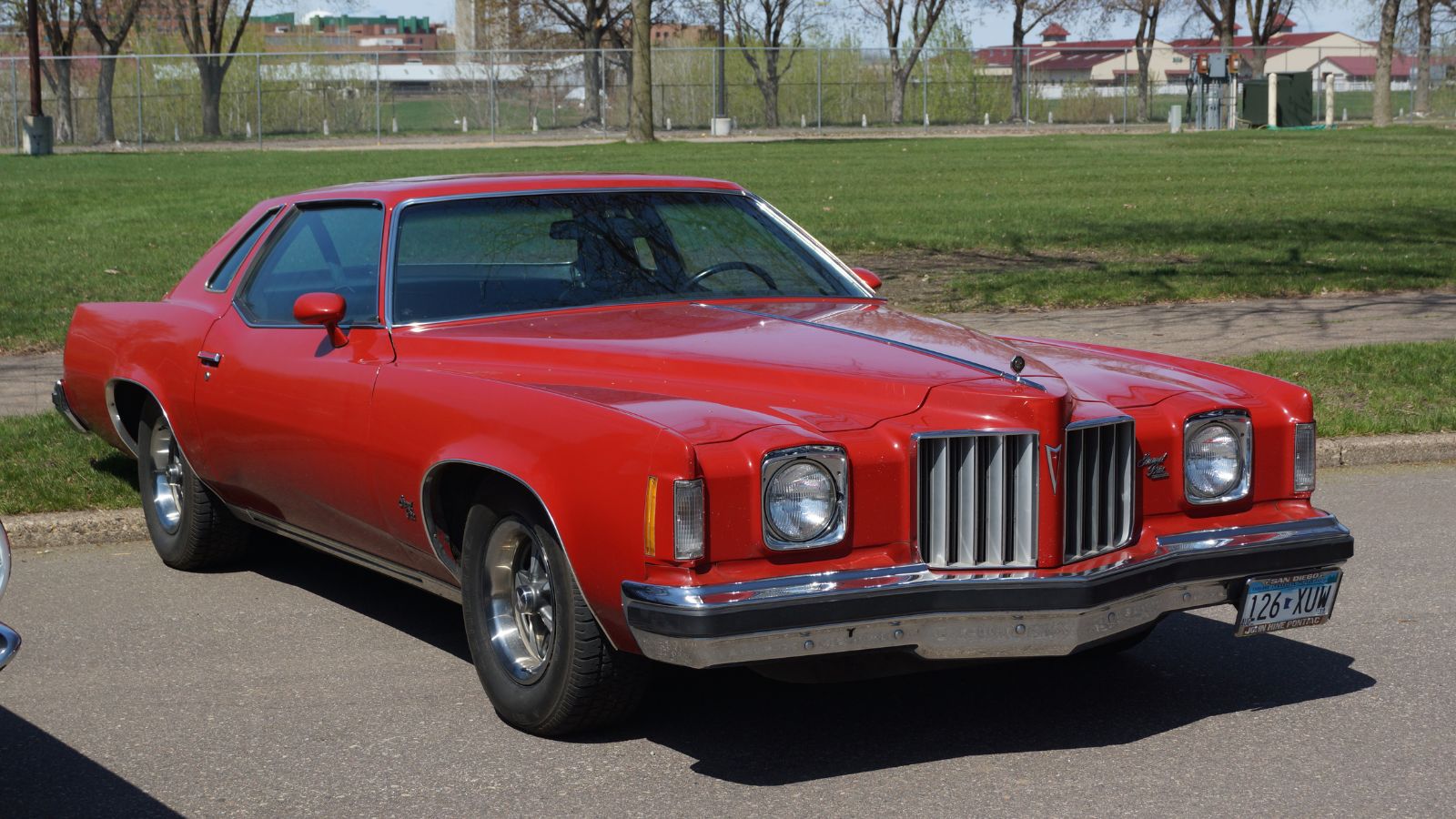
The Grand Prix was once a stylish performance coupe, but by the mid 70s it had joined the personal luxury crowd. Heavy bodies, weak V8s, and sloppy suspensions made the car more about opera windows than quarter mile times. Pontiac dressed it up with flashy trim, but drivers found it handled like a living room sofa. It promised speed but only delivered plush seating.
